This is an easy-to-do and quite cheap WiFi Smart Strip that can control 4 sockets independently from all around the world from your smartphone, tablet or computer. Everything you need is an internet connection.
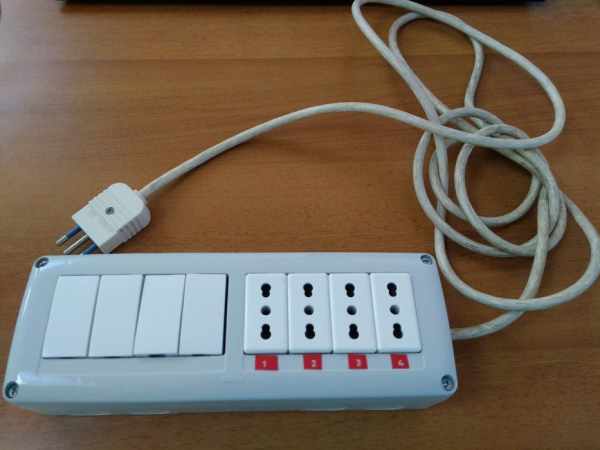
You can use it for christmas lights, or fan or everything you want to plug in!
Step 1: Things Needed
Hardware Requirement:
- Gewiss box for 8 electrical outlets
- 4 outlets
- 4 blind sockets
- 400-600 mah 220V to 5V trasformer
- 4 relays board
- 7 female to female jumper
- 2 male to female jumper
- Electric cables
- Soldering Station
- Some heat shrink
- 1 Forbox
- Extension Cord
- Hot glue
- Stripping
- Tester
- Hairdryer
Step 2: Solder Cables to the Transformer
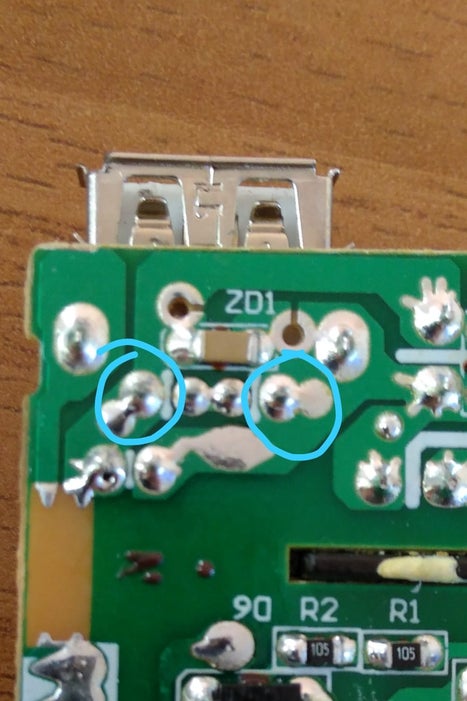
The transformer I used has the USB port, so I found the fees pins in the other side of the pcb. The positive and the negative. They are the external pins.
If you don’t have the USB port, you can easily recognize both pin where the two power cables are soldered. Remember to use the tester in order to recognize wich pin is the positive and wich is the negative one. These jumpers will be used to power the NodeMCU trough the VIN and the GND pins.
After that you have to solder two bigger electric wires to power the transformer from the 220V. I would recomend to cover the weldings with a heat shrink and hot glue.
Step 3: Starting Assembling the Power Strip
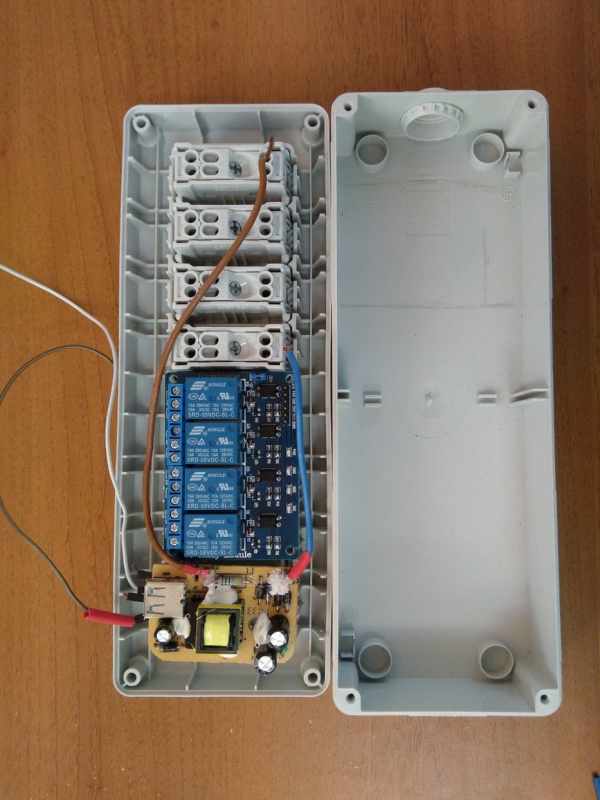
As first thing you have to do is to plug the four sockets with the two near holes from the more spacious side of the strip.
Than put the 4 relays board really close to the outlets
Next to the relays board you can stick the transformer how confortable you are.
Step 4: Connecting All the Wires
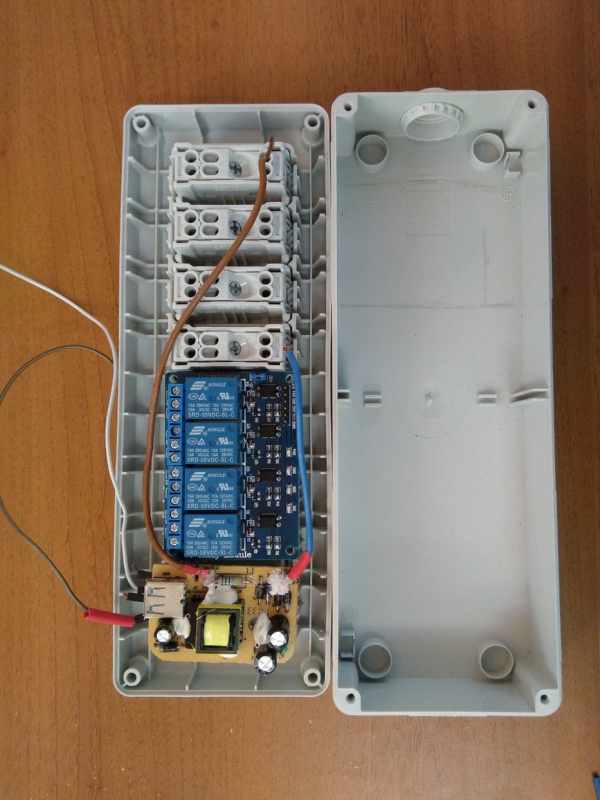
Before connecting everything you have to make an hole in the short side of the power strip in order to make the extension cord pass.
Then you have to strip his three cables.
Thake the the phase wire and plug it in in the forbox with another phase wire. This one must be connected to the common terminal of the first relay.
Than you have to connect all the four common terminal of the four relays in sequence. So the first with the second, the second with the third and the third with the fourth.
After that you have to add in the forebox also the phase cable of the transformer. So you can now connect every relay to his outlet. With electric cables connect every single NO (normally open) terminal to the fees outlet.
Now connect al the ground wires. This is easier beacuse you only have to connect the four sockets with each other with only 3 pieces of cable. In the last outlet you have connect the ground cable of the extension cord.
Last you can connect the neutral cable. In the first outlet you have to plug in the neutral cable of the transformer and than connect the four oulets as you did before with the ground cables. At the end of the fourth outlet connect the neutral wire of the extension cord.
I used only 3 of the 4 relays beacuse i wanted to control only 3 sockets, but you can connect all the 4 relays the the four sockets
Step 5: Set Up NodeMCU
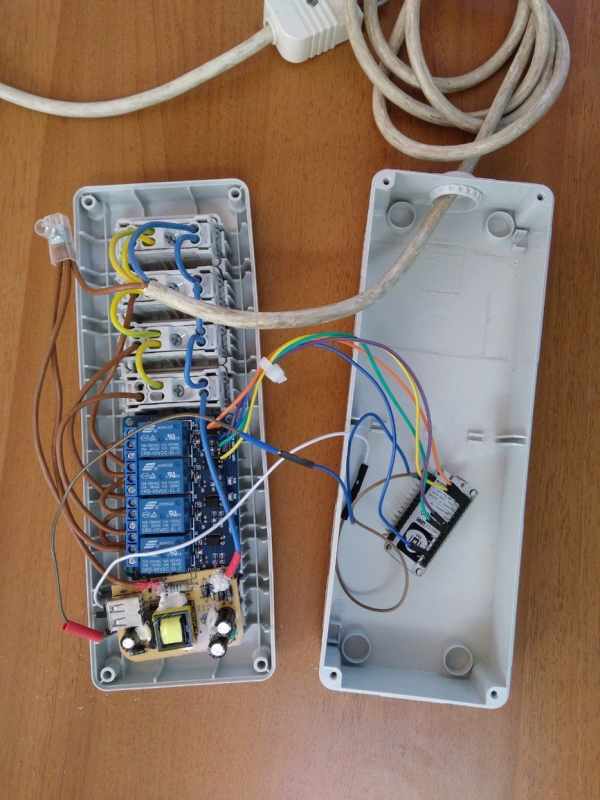
First of all you have to create an account on adafruit.io and then create the project for your smart strip. You can use his video to setup everything correctly
At the end of the description of the video you can download the code and then you have to modify it. You can do everything watching the video.
Through the Arduino IDE, upload the code to your NodeMCU. Now you can connect it to your transformer. Take the jumper of the positive pin of the transformer and plug in in the VIN pin of the NodeMCU. Then take the negative wire and connect it to the GND pin.
Last step, you have to connect your NodeMCU to the Realy Board: Connect in this way:
GND —–> GND
Re1 ——> D6
Re2 ——> D5
Re3 ——> D2
Re4 ——> D1
VCC —–> 3.3V
Now close the power strip. It’s a bit difficult because there are a lot of components but you can do that!
Source: WiFi Smart Power Strip With NodeMCU
